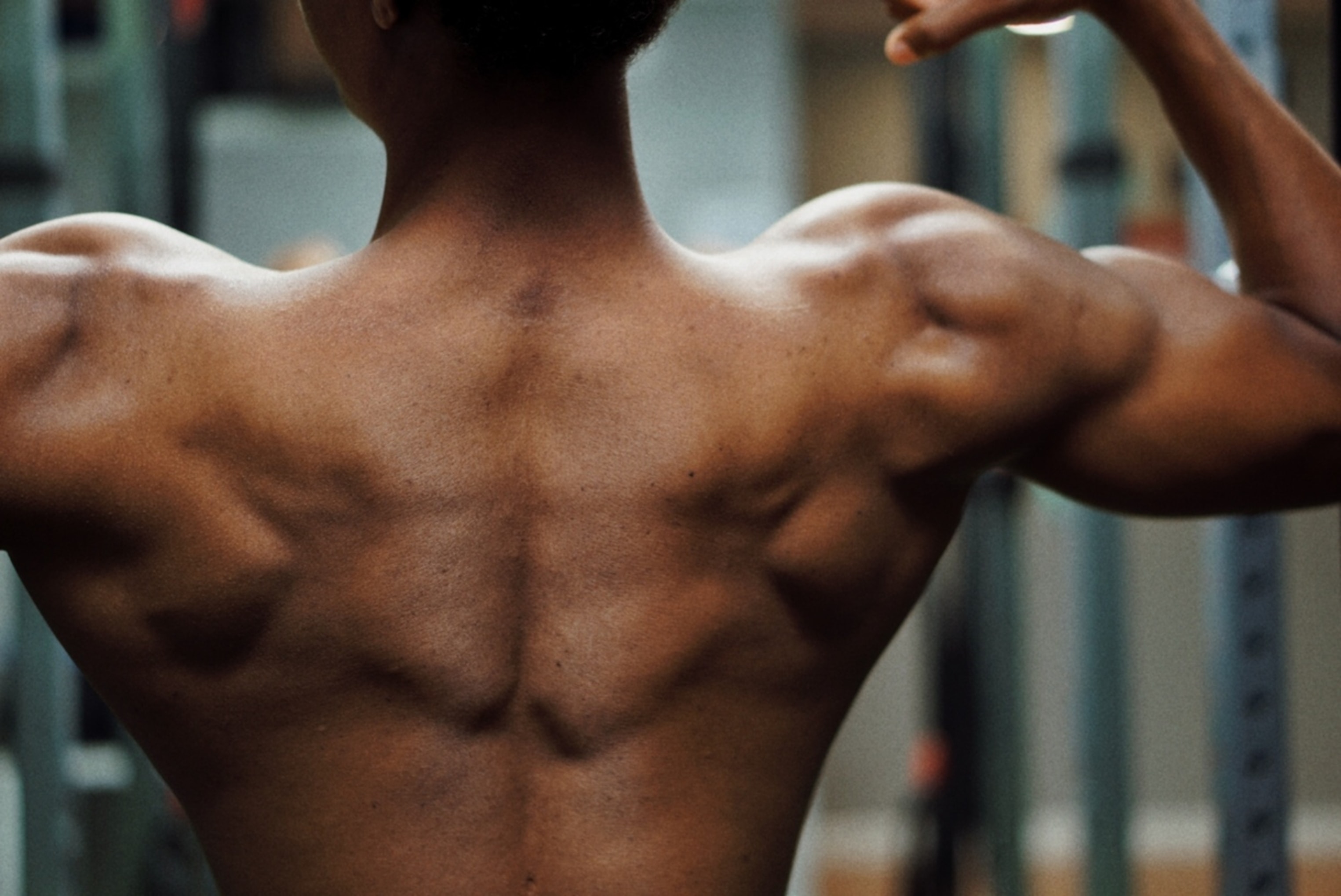THE SCIENCE BEHIND MUSCLES GROWTH
Lets understand the anatomy (structure) and physiology (function) of a muscle fibre. Muscles are made up of individual muscle fibers. Inside each fiber, there are even tinier threads called myofibrils, and these myofibrils have repeating units called sarc

Now, in these sarcomeres, there are protein filaments known as actin and myosin. These actin and myosin filaments interact with each other, and this interaction is crucial for making your muscles contract.
When you decide to move, like lifting your arm, your brain sends a signal to your muscles. This signal triggers the actin and myosin filaments to slide past each other. As they slide, the sarcomeres get shorter. This shortening of sarcomeres is what makes your muscle contract. So, in simple terms, your muscles work by shortening themselves, allowing you to move and perform various actions!
Lets now understand how muscle growth occur.
In adults who exercise, muscle growth involves a cycle of mechanical stress, muscle damage, inflammatory response, satellite cell activation, protein synthesis, and proper recovery. This process is finely regulated by various factors, including hormones and nutrient availability. Consistent resistance training, along with appropriate nutrition and recovery, is key to promoting muscle growth.
When you exercise by lifting weights or doing resistance training, your muscles experience small-scale damage. This triggers a natural healing process in your body, involving inflammation and the activation of special cells called satellite cells. These cells play a crucial role in repairing and rebuilding the damaged muscle fibers. To aid in this repair, your body synthesizes new proteins, and having enough nutrients, especially from protein, is essential. Hormones like testosterone and growth hormone also come into play, regulating the protein synthesis and contributing to muscle growth. Adequate rest and recovery are vital during this process, allowing your muscles to repair and grow stronger.
So, in simpler terms, when you work out, your muscles get a bit damaged. Your body responds by fixing and making them stronger, especially if you eat well and give your muscles enough time to rest. And if you want to keep getting stronger, you gradually make your workouts a bit tougher. That's the secret to muscle growth!
Common misconceptions surrounding muscle growth often stem from confusion between physical activity and exercise. While activities like walking, light jogging, or taking the dog for a walk contribute to overall health and can slow down the aging process, they are not forms of exercise in the context of muscle growth. In the face of the obesity epidemic and a reliance on comfort, it's essential to recognize that physical activity alone may not be a solution. Contrary to popular belief, hours of running, swimming, or cycling primarily focus on cardiovascular fitness and do not inherently promote muscle development. To build and retain muscles, resistance training is necessary. Another misconception is that only aerobic exercise is crucial for overall health, overlooking the importance of anaerobic activities in muscle growth. Combining both aerobic and anaerobic forms of exercise, incorporating frequency, intensity, duration, and varied exercise types tailored to individual goals, is essential for a comprehensive and effective approach to muscle development. Education on these distinctions is vital to dispel myths and encourage a well-rounded approach to physical fitness.
Retaining muscle mass is of paramount importance for overall health and well-being, as recent research underscores the critical role muscles play in the human body. After the age of 30, there is a gradual decline in muscle mass, amounting to approximately 10% of body weight per decade. This loss not only impacts physical strength and endurance but can also result in a diminished metabolic rate, contributing to the development of metabolic diseases. Muscles are vital for fundamental biological functions, including movement, stability, and metabolic regulation. Preserving muscle health through regular physical activity and a balanced lifestyle is essential for optimal bodily functioning and longevity. Moreover, the significance of maintaining muscle mass becomes even more pronounced in mitigating the risks associated with conditions like osteoporosis, particularly in females who are more susceptible to bone weakening post-menopause. By recognizing the importance of retaining muscle mass, individuals can take proactive steps to support overall health, enhance metabolic function, and reduce the risk of age-related complications.
In conclusion, the most effective solution to grow and maintain muscle mass lies in incorporating regular resistance training into one's fitness routine. This involves engaging in activities that stimulate the muscles, such as bodyweight movement training or exercises with additional weights, at least twice a week for all major muscle groups in the human body. The principle of progressive overload remains central, emphasizing the gradual increase of workload over time through adjustments in weight, repetitions, or exercise variables. This systematic and personalized approach ensures ongoing challenges for the muscles, avoiding plateaus and fostering continuous growth and strength gains. Recognizing the individual variability in progress rates, it's crucial to strike a balance between consistency and avoiding overtraining to minimize the risk of injury and promote sustainable muscle development. By committing to regular resistance training and adhering to these principles, individuals can proactively enhance and retain their muscle mass, thereby supporting overall physical fitness, metabolic health, and long-term well-being,
Sukadev Karki
ACE CPT | Sports Nutritionist
NSCA CSS | Crossfit L1
Head Lecturer - Nepali Youth Fitness Academy Co-Owner - Befit Fitness Studio


